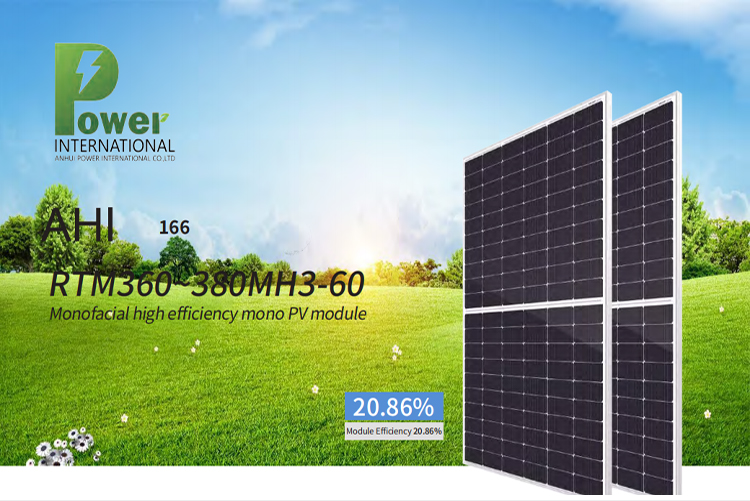Three Modes of Photovoltaic Energy Storage Power Plants
Photovoltaic (PV) power generation is a crucial component of the strategy for achieving the sustainable development of energy and electricity. However, PV output power exhibits strong volatility and randomness, and this instability severely restricts the integration and transmission of PV power.

PV energy storage technology can fulfill functions such as peak shaving, load tracking, frequency and voltage regulation, and power quality management. When a PV power plant faces curtailment due to excessive light (light curtailment), the PV energy storage system can store surplus electricity in batteries. When PV power generation is below the limit or during the evening peak power consumption period, the stored electricity can be fed into the grid through energy storage inverters, enabling the energy storage system to participate in grid peak shaving and valley filling.
In addition, the energy storage system can create greater economic benefits by leveraging the peak-valley electricity price difference, enhance the system's own regulatory capacity, and serve as an effective supporting technology for addressing the grid integration of large-scale renewable energy power generation.
1. DC-Side Energy Storage System on the Power Supply Side
Primarily installed in DC systems such as PV power generation, this design allows for coordinated regulation of batteries and PV arrays at the DC link of the inverter.
2. AC-Side Energy Storage System on the Power Supply Side
Also known as the energy storage system configured on the AC side, it is directly connected to the AC side of the power grid to perform its functions.
3. Load-Side Energy Storage System
Mainly refers to emergency power supplies and mobile electrical equipment, such as rechargeable electric vehicles, power tools, and mobile phones.